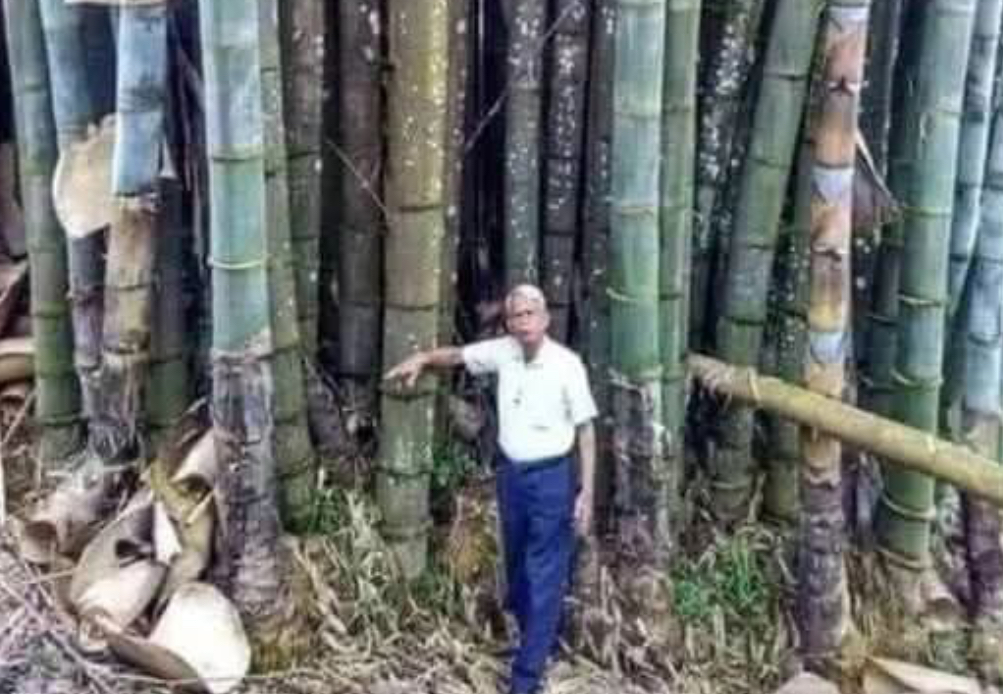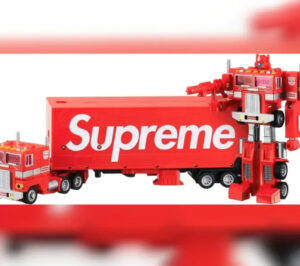In an era where climate change is no longer a future threat but a present crisis, the world is urgently seeking sustainable alternatives—for energy, building, agriculture, and everyday living. Amid all the technological innovation, one solution stands out not for its newness, but for its elegance and natural brilliance.
Bamboo
It grows faster than any other plant on Earth. It absorbs carbon dioxide at an astonishing rate. It doesn’t need fertilizer, can grow in deserts, stabilizes soil, and can build homes. And yet, despite its incredible benefits, bamboo remains underappreciated in mainstream discussions around climate solutions.
That’s changing. And thanks to forward-thinking growers like Organizer Bamboo Nursery, more people are beginning to recognize bamboo for what it truly is: one of the most powerful green resources on the planet.
This article explores ten of bamboo’s most astonishing facts—shedding light on what makes it such a unique, sustainable, and essential plant for the future.
1. The Fastest-Growing Plant on Earth
Let’s start with what makes bamboo truly mind-blowing: its speed.
Bamboo holds the Guinness World Record as the fastest-growing plant in the world, with some species capable of growing up to 47.6 inches (over 4 feet) in a single day. That’s nearly 2 inches per hour.
Certain species, under optimal conditions, can even surpass one meter of vertical growth per day. A new bamboo shoot will emerge from the ground and reach its full height within a year—unlike trees, which take decades.
This extraordinary growth rate allows bamboo to regenerate faster than any other renewable biomass resource. It means frequent, sustainable harvesting without causing environmental degradation or deforestation. For industries dependent on wood and fiber, this growth rate could be revolutionary.
2. A Lush Oxygen Factory
Beyond its sheer speed, bamboo has another superpower: oxygen production.
A healthy grove of bamboo produces 35% more oxygen than an equivalent group of trees. That’s a major environmental contribution, especially for urban areas suffering from poor air quality.
This increased oxygen release is a byproduct of bamboo’s fast photosynthesis cycle. The plant’s rapid metabolism converts sunlight, water, and carbon dioxide into growth—and a whole lot of fresh, breathable air.
In the context of climate-smart cities and green urban planning, bamboo groves serve as natural air purifiers that do more than just beautify parks—they clean and refresh the air we breathe.
3. A Carbon-Capturing Powerhouse
Bamboo doesn’t just release oxygen—it’s also one of nature’s most effective tools for absorbing carbon dioxide.
According to studies, bamboo can absorb up to 17 tons of CO₂ per hectare annually, significantly more than many tree species. This makes it an ideal carbon sink, especially when grown on a large scale.
Its rapid growth means it can sequester carbon faster than slower-growing trees, making it a viable option for reforestation and carbon offset projects. When strategically planted, bamboo can help balance carbon footprints for companies, cities, and entire regions.
4. No Fertilizer Needed
Unlike many commercial crops that depend on chemical inputs to thrive, bamboo is remarkably self-sufficient.
It does not require synthetic fertilizers to grow. In fact, it creates its own nutrient cycle by self-mulching—shedding its leaves, which decompose and feed the plant. This makes bamboo a low-maintenance, high-yield crop for small-scale farmers and large operations alike.
The elimination of fertilizers not only saves cost, but also reduces the risk of water pollution from runoff—making bamboo cultivation even more environmentally friendly.
5. Built for Tough Conditions—Even Drought
Bamboo is as resilient as it is fast. One of its lesser-known traits is its ability to withstand drought.
While many plants wilt without consistent water, bamboo can survive in arid climates, including semi-desert regions, once established. Some species even develop deep root systems that allow them to access underground moisture reserves.
This makes bamboo an ideal crop for areas facing desertification or water scarcity. In regions where food crops may fail, bamboo can thrive—providing materials, shade, and even food (in the case of edible species like Phyllostachys edulis).
6. Harvest in 3–5 Years, Not 30
The softwoods used in construction—such as pine or fir—typically take 20 to 30 years to mature before harvesting. By comparison, bamboo can be harvested in as little as 3 to 5 years, depending on the species.
This means bamboo plantations can produce more material, more often, using less land. The high yield per acre over time makes bamboo an ideal candidate for replacing timber in everything from flooring to furniture, paper to packaging.
For industries trying to pivot away from deforestation and slow-growth timber, bamboo offers a compelling, scalable alternative.
7. A Building Material That’s Stronger Than You Think
People often associate bamboo with delicacy or flexibility—but it’s one of the strongest natural materials on Earth.
Bamboo’s tensile strength (how much it can be stretched before breaking) surpasses that of steel. Its compressive strength (resistance to being crushed) rivals concrete. This is why bamboo has been used for centuries in Asia to construct everything from houses to bridges to scaffolding.
Modern architects and engineers are rediscovering bamboo as a sustainable alternative to steel and timber—lightweight, strong, and easy to work with. It’s also being used in modular housing, earthquake-resistant structures, and even bamboo-reinforced concrete.
8. Soil’s Best Friend: Stability and Restoration
Bamboo isn’t just good above ground—it does wonders below the surface, too.
Its vast underground rhizome system (network of roots) anchors soil in place, making it an ideal plant for preventing erosion. On steep slopes or flood-prone areas, bamboo can act as a living barrier, reducing runoff and retaining topsoil.
Because of this, bamboo is frequently used in land rehabilitation—including reforestation, riverbank stabilization, and former mining sites. It also helps restore degraded land by enriching the soil with organic matter and supporting biodiversity.
9. Natural Climate Control
Think of bamboo as a living air conditioner. In the heat of summer, a bamboo grove can lower surrounding temperatures by up to 8 degrees Celsius (about 14°F) through a combination of evapotranspiration and shade.
This natural cooling effect makes bamboo groves highly valuable in urban environments, where green space can offset the “urban heat island” effect. Planted strategically around homes or public buildings, bamboo can reduce energy needs for air conditioning and improve overall comfort.
It’s also incredibly efficient at filtering sunlight, creating dappled shade without total darkness—ideal for community spaces and homes.
10. Invasiveness: A Manageable Trade-Off
One of the more controversial aspects of bamboo is its reputation for being invasive, particularly among “running” varieties like Phyllostachys aurea.
These species spread quickly through underground rhizomes and can take over gardens or forests if not properly managed. However, not all bamboo is invasive. Many “clumping” species grow in a well-contained formation and are easy to control.
With responsible planting, root barriers, and proper maintenance, even running bamboo can be cultivated without environmental harm. In fact, its aggressive growth can be an advantage in areas that need fast reforestation or soil stabilization.
At Organizer Bamboo Nursery, education around species selection and sustainable cultivation is key. Choosing the right bamboo for the right environment ensures benefits without risks.
Impression: Bamboo as a Future-Forward Resource
Bamboo is not a miracle plant—but it’s close. It grows faster than any other plant, produces more oxygen, absorbs more carbon, and asks for less in return. It builds, it heals, it restores. And when managed properly, it does all this without environmental compromise.
In a future that demands low-impact, high-yield, and regenerative solutions, bamboo stands out as one of the few resources that can meet the challenge. Whether it’s replacing hardwoods, cooling cities, or protecting soil, bamboo offers real answers to real problems.
As organizations, designers, and policymakers look for sustainable materials to build a better world, they’d do well to look in the direction of this tall, green, fast-growing powerhouse. Because sometimes, the smartest solution isn’t high-tech—it’s growing right under our feet.
Organizer Bamboo Nursery is proud to cultivate and supply high-quality bamboo species for sustainable building, landscaping, reforestation, and green living. Learn more about responsible bamboo cultivation at OrganizerBambooNursery.com
No comments yet.







